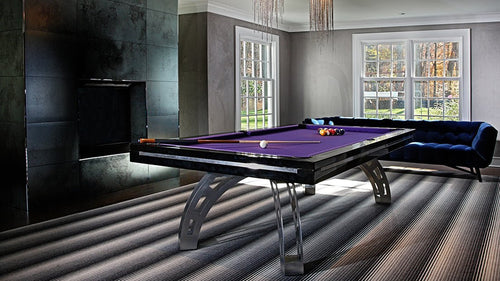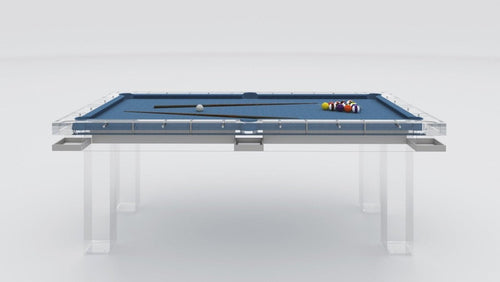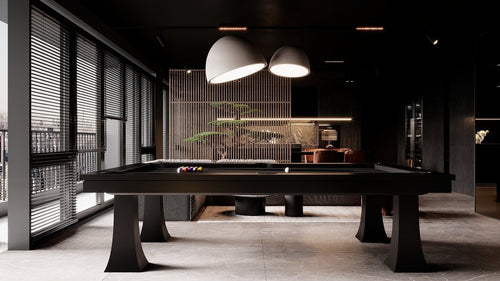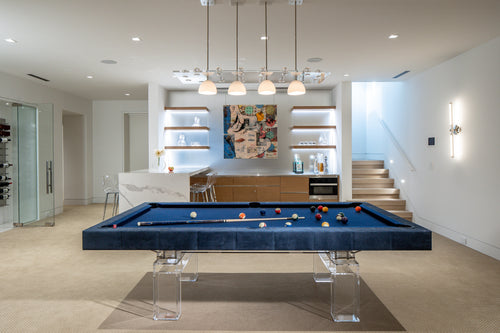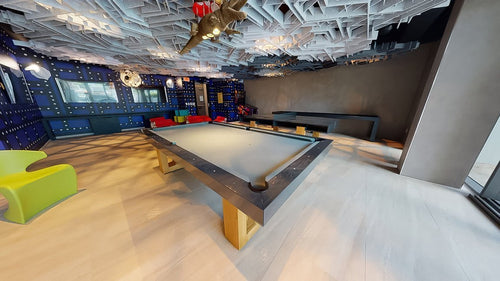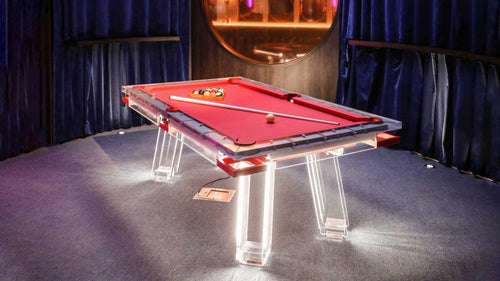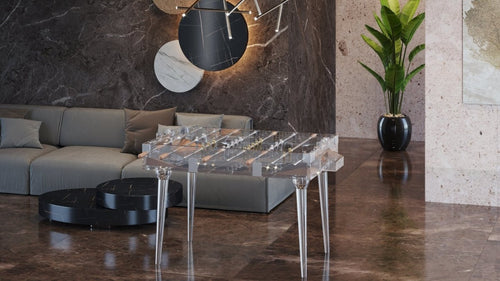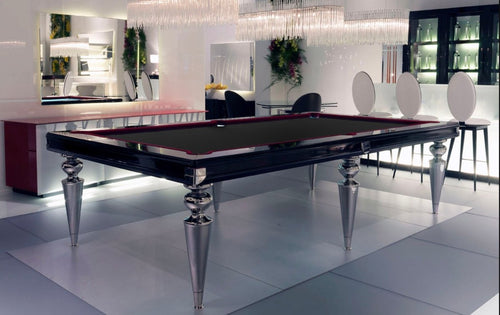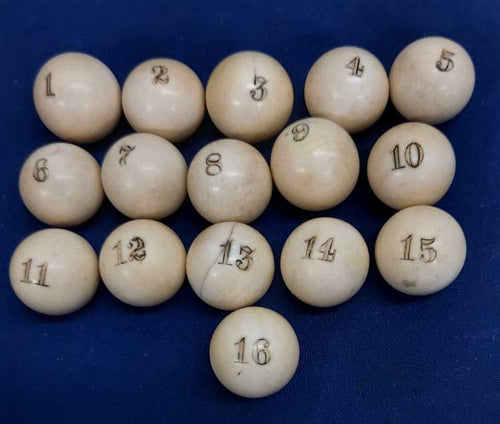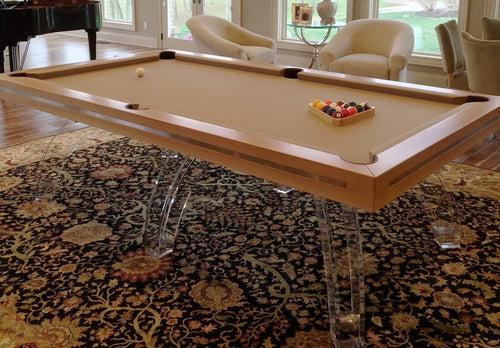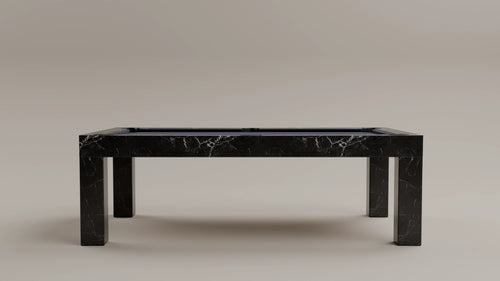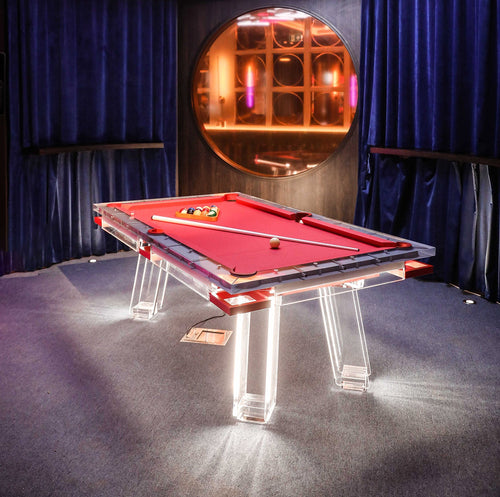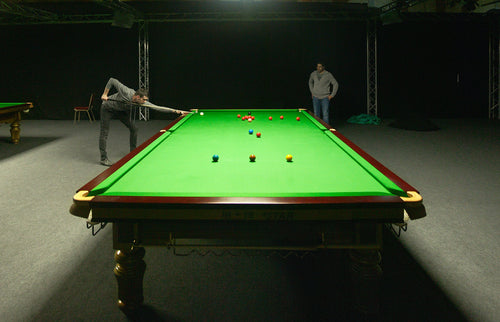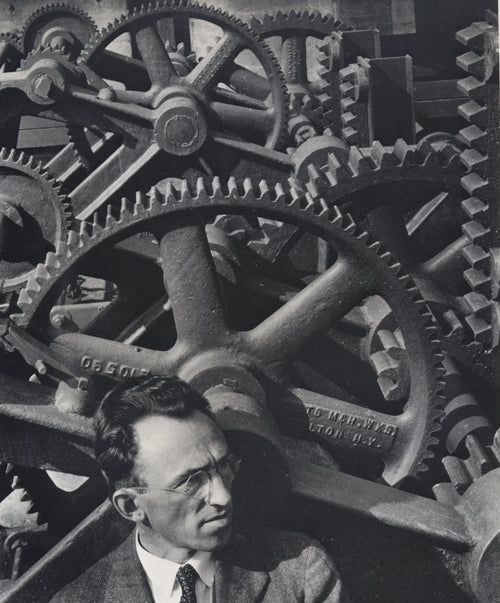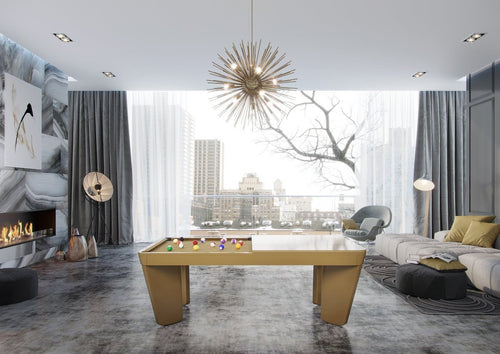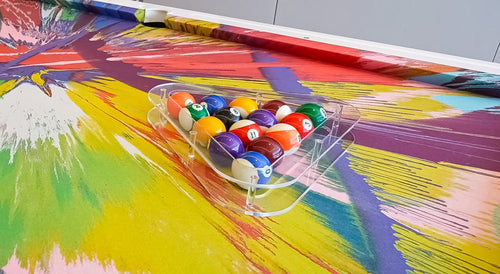Enjoy our modern designs
Estimated Read Time: 9 mins |
Baroque in Italy is presented as a development from the latter phase of the Renaissance, specifically following the Mannerist transition from the High Renaissance. It is defined by a new emphasis on sculptural and painted forms, incorporating shapes from nature like leaves, shells, and scrolls to enrich classical forms.
Origins and Characteristics
The term "Baroque" likely derives from a Portuguese word referring to distorted or irregular pearls. In design, it emerged in Italy in the seventeenth century, distinguished from the later and more delicate Rococo style. Italian Baroque design is marked by complexity and theatricality, incorporating illusionistic painting, three-dimensional sculptural decoration, and dynamic geometry. Techniques such as Quadratura, Quadro riportato, and Di sotto in sù created illusionistic spatial effects. Influenced by stage design, Baroque interiors used perspective, light, and movement to evoke emotional and sensory impact.
Baroque design aimed to move beyond the balanced rationalism of the Renaissance, embracing curving and elliptical forms, complex stairways, and spatial ambiguity to produce a sense of movement, excitement, and mystery.
Baroque and the Counter-Reformation
Italian Baroque architecture was deeply tied to the Catholic Counter-Reformation. Churches were designed to inspire awe and reaffirm religious loyalty in response to Protestant iconoclasm. Through dramatic visual space, music, and ceremonial richness, Baroque churches served as immersive spiritual experiences.
Key Figures and Masterworks in Rome
St. Peter’s Basilica: Originally begun by Bramante and shaped by Michelangelo's massive dome and giant pilasters, it was completed in a Baroque spirit with Carlo Maderno’s façade (1626), blending High Renaissance planning with Baroque visual drama.
Vignola: His design for Il Gesù set the prototype for Jesuit churches, using giant classical orders, domes, and strategic lighting for theatrical effect.
Gianlorenzo Bernini: A key Baroque artist and architect. His S. Andrea al Quirinale (1658–61) uses an oval plan and sculptural surfaces. His baldacchino at St. Peter’s is a monumental bronze canopy teeming with ornament. Bernini’s altar design at St. Peter’s and his contributions to urban planning, fountains, and stage design shaped Roman Baroque.
Francesco Borromini: Known for spatial innovation, Borromini’s S. Carlo alle Quattro Fontane and S. Ivo della Sapienza demonstrate complex geometries, convex/concave interplay, and symbolic forms like stars and spirals.
Baroque Beyond Rome
Venice: Baldassare Longhena's S. Maria della Salute (begun 1631) is Venice’s major Baroque contribution. Its octagonal plan and interplay of light and space reflect Baroque theatricality.
Turin: Guarino Guarini’s work on the chapel of the Holy Shroud and Filippo Juvarra’s Superga exemplify a Baroque merging of structural complexity and visual grandeur.
Baroque Interiors and Furniture
Baroque interiors were rich in illusionistic painting and stucco. Basic wall and ceiling shapes were disguised or animated by three-dimensional decoration and painted scenes.
Furniture became ostentatious: cabinets with bulging shapes, sculpted legs, and lavish carvings of plant forms, figures, and allegories. Color was bold and chromatic, enhanced by rich fabrics, inlaid marbles, and gilded details. Tapestries and rugs added visual depth. While Renaissance materials persisted (stone, plaster, walnut), their treatment in Baroque design became far more dramatic and ornamental.
Legacy and Spread
Italian Baroque influenced Austria, south Germany, and other Catholic regions. Its religious focus contrasted with Rococo’s secular elegance. While French Baroque under Louis XIV adopted some Baroque grandeur, it remained more restrained. Once dismissed as excessive, Baroque is now recognized for its spatial experimentation and emotional power, bridging classical ideals and emerging modern sensibilities.
Baroque design in Italy thus stands as a high point in theatrical, immersive, and emotionally charged architecture and interiors, deeply shaped by its cultural, religious, and artistic contexts.



